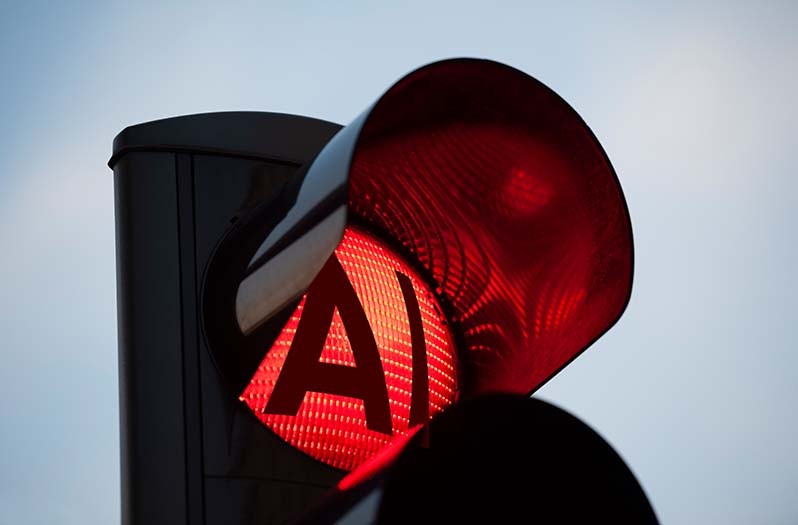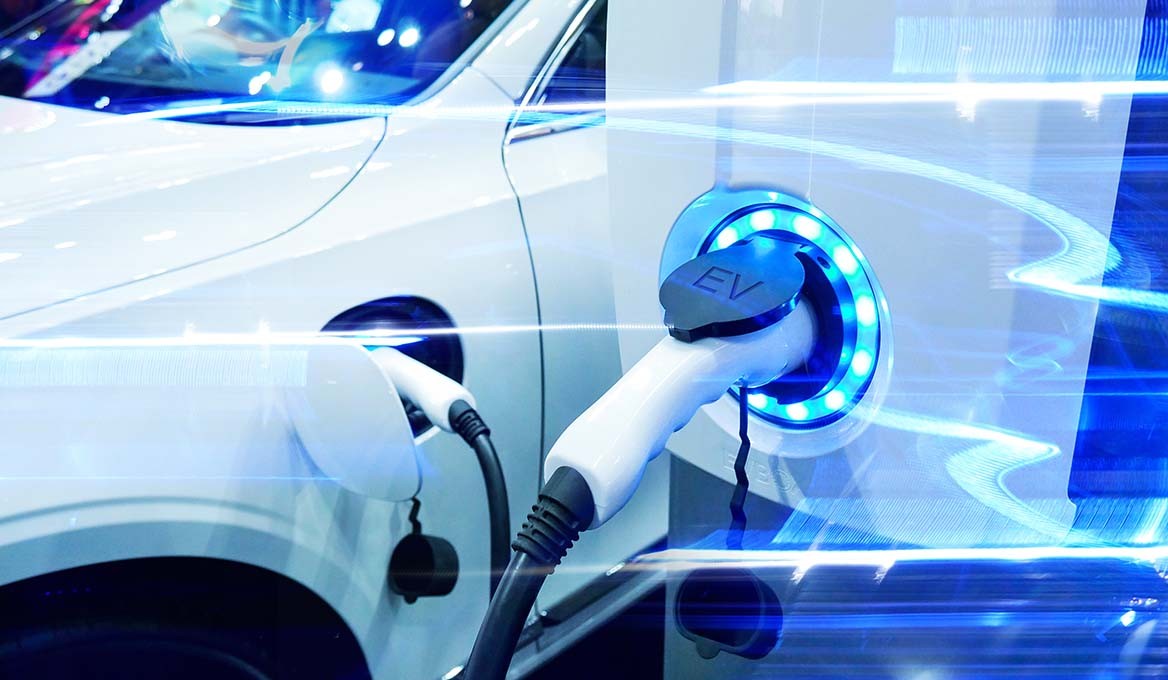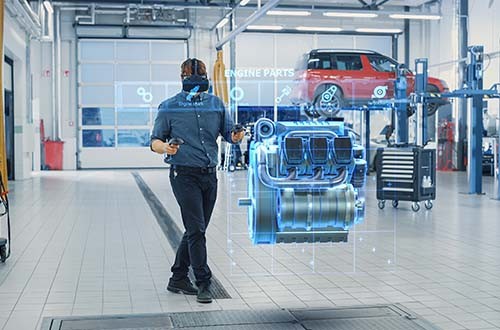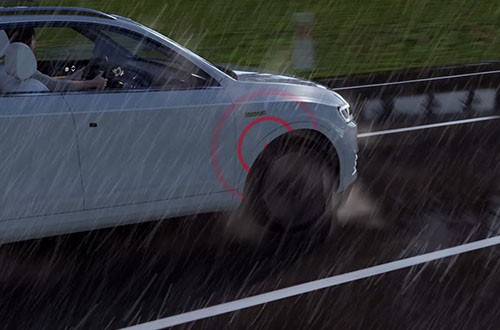How AI in traffic lights can optimise traffic and protect the environment
![ki-in-ampeln[1]](/techworld/assetsfs/images/ki_in_ampeln_1__customresolution.jpg)
The goal is obvious: the flow of traffic is to be optimised – and in the future this can also be calculated in real time. This means that nobody will be waiting at a red light when there is no traffic on the other roads in the same scenario.
AI in traffic lights can also communicate with vehicles and other road users (e.g. via the so-called Car-2-X communication) in order to exchange information about the current traffic situation. This data can be used to further optimise traffic flow and to provide vehicles with information about upcoming traffic light phases or congestion. This will also bring advantages for route planning in the future.
Networking of vehicles and traffic lights
Car-2-X communication, also called Vehicle-to-Everything (V2X) communication, is a wireless communication system that networks vehicles, traffic infrastructure and other road users. Car-2-X communication can also be an important component of AI in traffic lights if the lights are included in the networking system. Then, for example, in compatible vehicles, the length of the red phase can be shown. There were test trials in this direction in Berlin a good many years ago.
More fast-flowing traffic thanks to AI in traffic lights
By using artificial intelligence in traffic lights and networking with the appropriate vehicles, traffic jams can be avoided and traffic flow improved. The intelligent control of traffic light phases helps to reduce unnecessary waiting times at intersections. This allows vehicles to navigate their way through traffic more quickly and efficiently, which in turn saves time and fuel and, thus, not only protects the environment but also one’s wallet – a classic win-win situation.
Reduced environmental impact thanks to AI in traffic lights
One of the biggest benefits of AI in traffic lights is the reduction of environmental impact. The optimised traffic flow and shorter waiting times at traffic lights reduce fuel consumption. This leads to lower CO2 emissions and consequently contributes to climate protection.
AI in traffic lights is a promising approach to improving the traffic situation in cities and also to reducing environmental pollution. In combination with other technologies such as autonomous driving and smart traffic guidance systems, the intelligent traffic infrastructure of the future can make a decisive contribution to mobility transition.

![techniktrends-elektromobilität-teaser[1]](/techworld/assetsfs/images/techniktrends_elektromobilita_t_teaser_1__customresolution.jpg)


